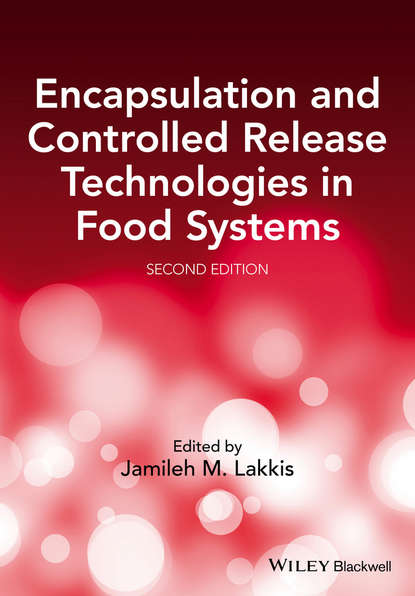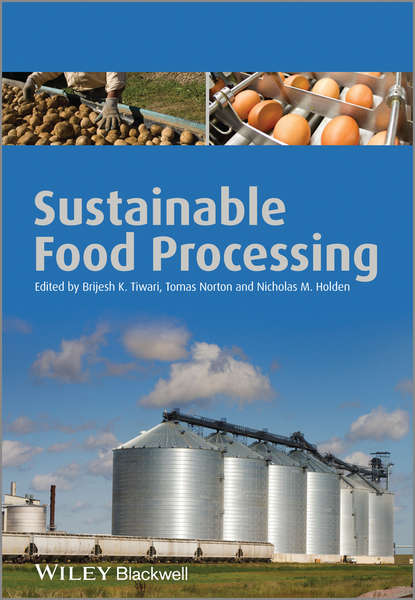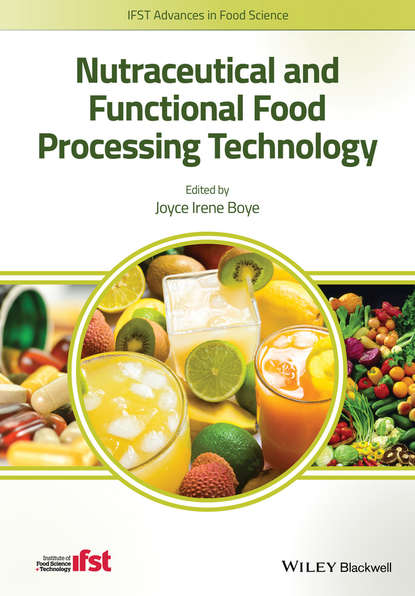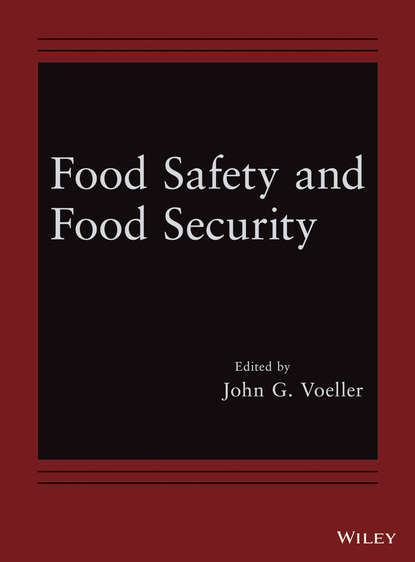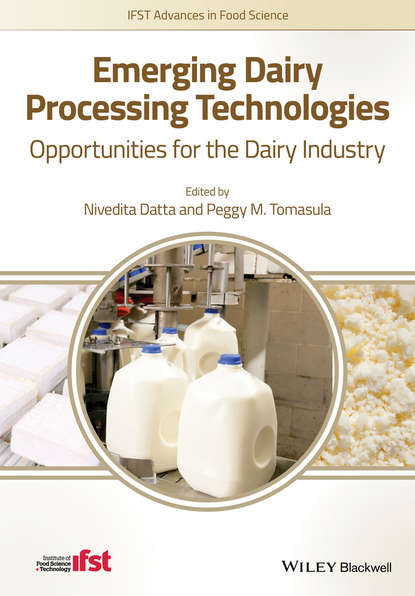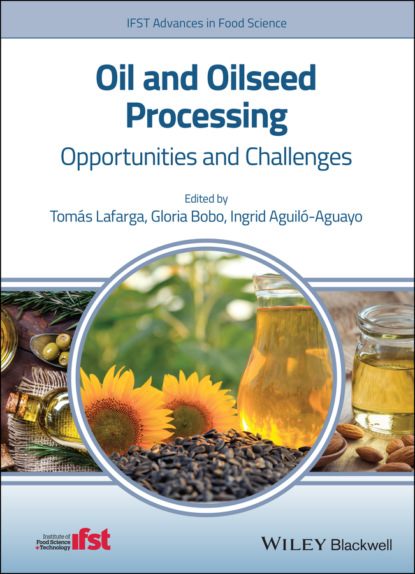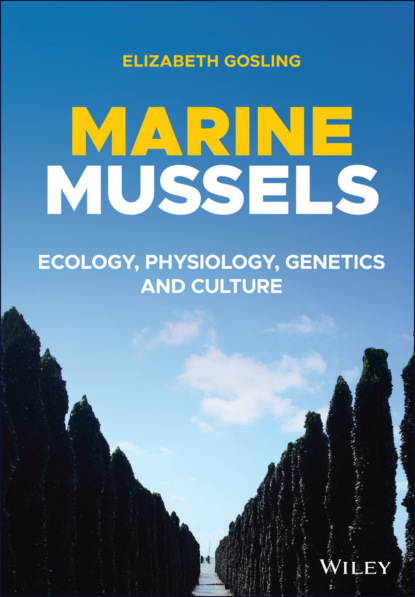Книга "Encapsulation and Controlled Release Technologies in Food Systems" рассматривает современные технологии инкапсуляции и контролируемого высвобождения в продовольственной и диетической промышленности. Она описывает, как можно улучшить качество продуктов, обогатив их питательными веществами и ингредиентами, способствующими укреплению здоровья. Авторы книги подробно описывают, как сохранить стабильность и биодоступность активных ингредиентов, а также как скрыть нежелательный вкус продукта на всех этапах его производства, хранения и употребления.
Второе издание книги является улучшенным и дополненным вариантом первого издания. В отличие от первого издания, второе включает в себя новые технологии инкапсуляции и контролируемого высвобождения, которые ранее не были рассмотрены в других книгах на эту тему. Кроме того, в книге подробно обсуждается влияние технологий инкапсуляции и контролируемого высвобождения на биодоступность питательных веществ и других активных ингредиентов.
Авторами книги являются известные ученые и исследователи в своих областях специализации. Книга предназначена в качестве справочника для ученых и формуляторов в промышленности продуктов питания, нутрицевтики и потребительских товаров, которые хотят создавать новые или улучшать существующие продукты с использованием микроинкапсулированных ингредиентов. Она также может быть использована в качестве учебника для студентов, которые хотят получить представление о технологиях инкапсуляции и контролируемого высвобождения, а также о различных технологиях инкапсуляции и их применимости в конкретных областях.
Электронная Книга «Encapsulation and Controlled Release Technologies in Food Systems» написана автором Группа авторов в году.
Минимальный возраст читателя: 0
Язык: Английский
ISBN: 9781118946886
Описание книги от Группа авторов
The emergence of the discipline of encapsulation and controlled release has had a great impact on the food and dietary supplements sectors; principally around fortifying food systems with nutrients and health-promoting ingredients. The successful incorporation of these actives in food formulations depends on preserving their stability and bioavailability as well as masking undesirable flavors throughout processing, shelf life and consumption. This second edition of Encapsulation and Controlled Release Technologies in Food Systems serves as an improvement and a complement companion to the first. However, it differentiates itself in two main aspects. Firstly, it introduces the reader to novel encapsulation and controlled release technologies which have not yet been addressed by any existing book on this matter, and secondly, it offers an in-depth discussion on the impact of encapsulation and controlled release technologies on the bioavailability of health ingredients and other actives. In common with the first edition the book includes chapters written by distinguished authors and researchers in their respective areas of specialization. This book is designed as a reference for scientists and formulators in the food, nutraceuticals and consumer products industries who are looking to formulate new or existing products using microencapsulated ingredients. It is also a post-graduate text designed to provide students with an introduction to encapsulation and controlled release along with detailed coverage of various encapsulation technologies and their adaptability to specific applications.
